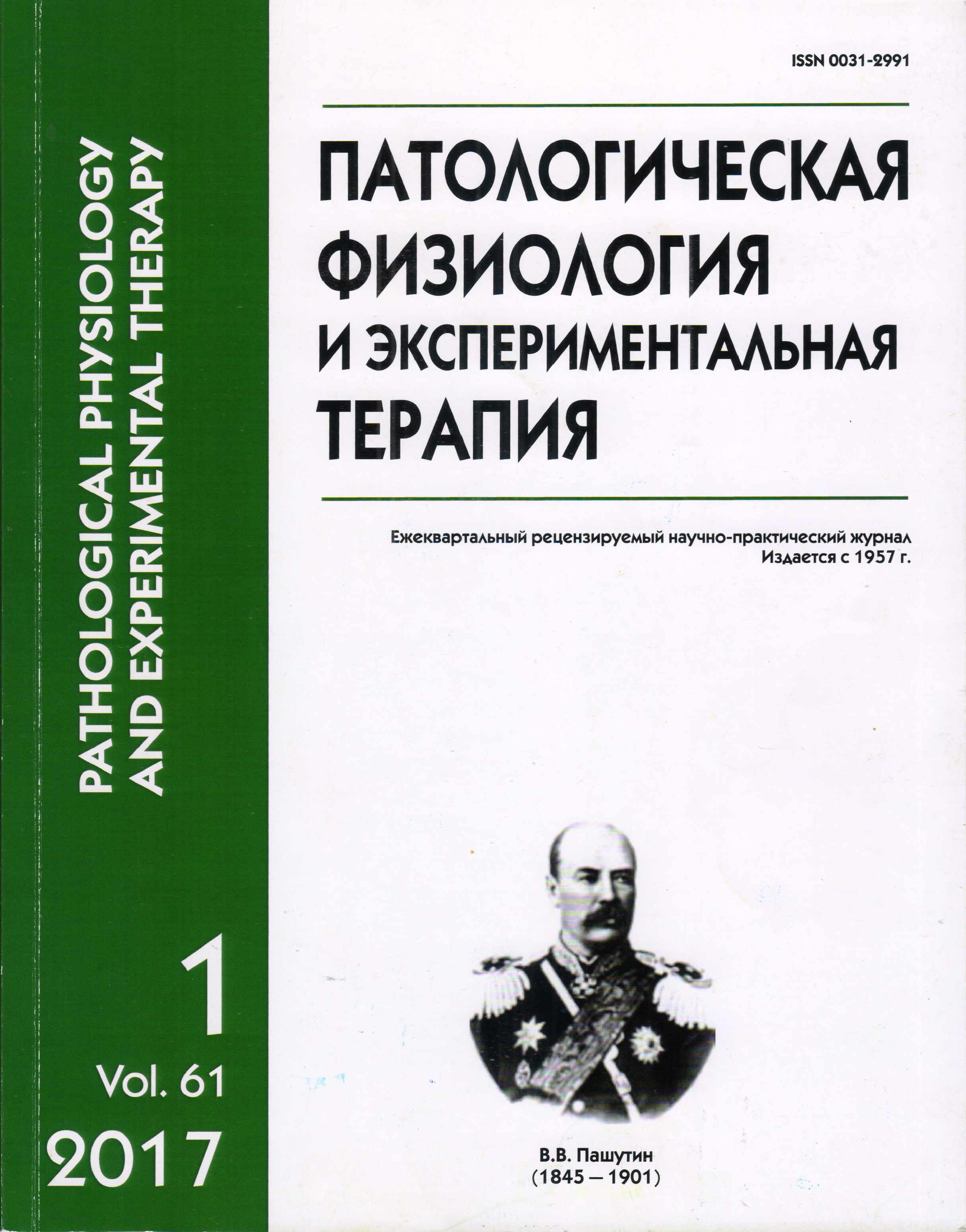State vascular endothelium in experimental billary peritonitis, a complication of abdominal sepsis
Abstract
The purpose of research — to study the mechanism of the development of endothelial dysfunction (ED) in experimental bile peritonitis (DGP), complicated abdominal sepsis. Methods. The experiments were performed on 24 dogs, weighing 1,2 ± 13,7 kg. The animals were divided into 2 groups. In a control group to determine the rate of laboratory parameters included 24 animals, of which 4 were derived from the experience of collection of bile from the gallbladder. The study group included 20 remaining animals with a model 24-hour gallbladder complicated with abdominal sepsis. The essence of the model was to create pre-chamber soft tissue destruction in the outer surface of the pelvic limbs, by intramuscular injection of 10% CaCl 2 solution at the rate of 0.25 ml/kg. At 48 hours after creation chamber in the abdominal cavity degradation thrice after every 8 hours the animals received it introduced bile rate of 1.5 ml/kg. The blood was determined by the number of desquamated endothelial cells (DE) [8], the content of nitric oxide metabolites (of NO) [8], the level of von Willebrand factor (of vWF) and endothelin-1 (of Et-1) ELISA using kits ( «Cusabio Biotech» Canine Elisa Assay Kit). Results. During the study animals with a 24-hour JP, abdominal sepsis complicated by increasing the number set in the blood of 3.25 times DE, Et-1 1.55 times, vWF and 1.3 times the NO production in 1.37 times the animal group intact. Conclusion. There is good evidence that in the early stages of development of experimental bile peritonitis, complicated abdominal sepsis, there is damage to the structural and functional organization of the vascular endothelium, which are a reflection of the systemic inflammatory response with the appearance in the blood of highly specific markers of endothelial dysfunction, which can be regarded as a new diagnostic areas in the abdominal surgery.






